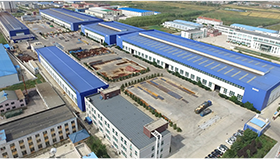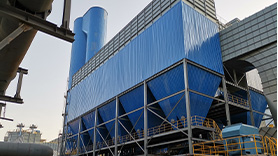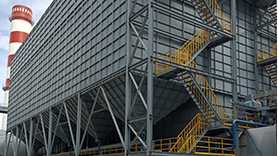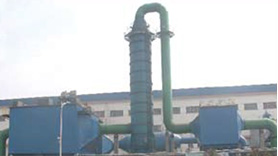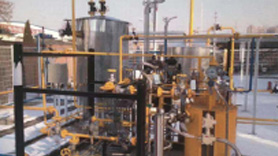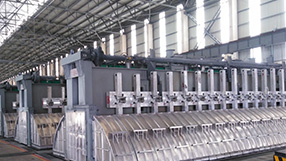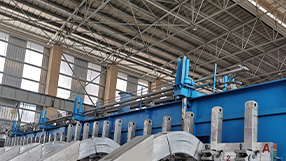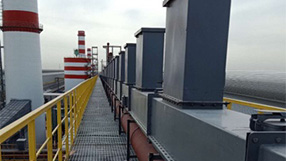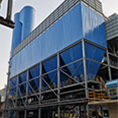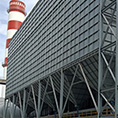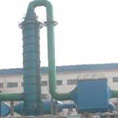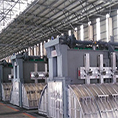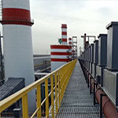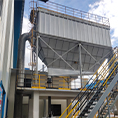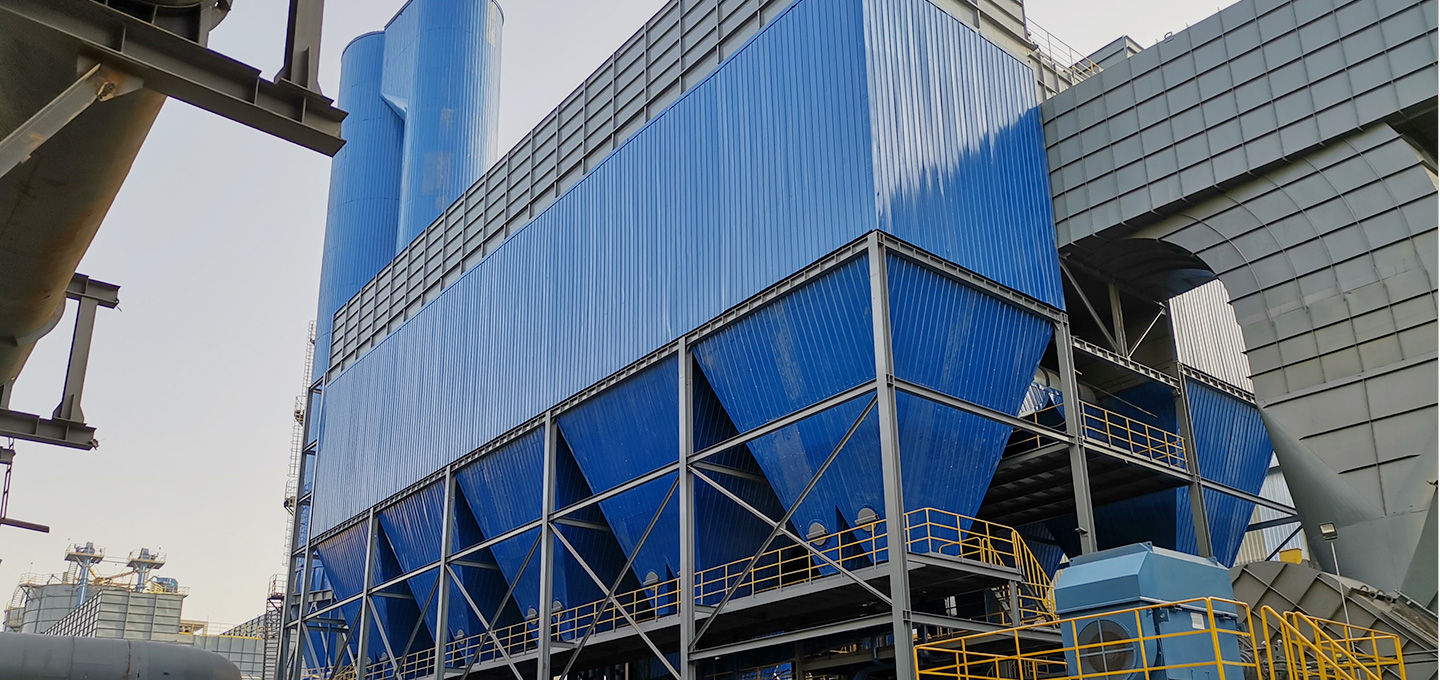
Bake-oven Fume Treatment Center
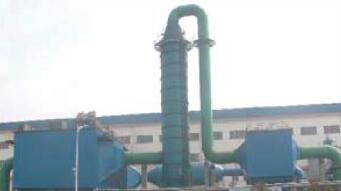
1、Equipment Overview
The fume treatment center is specially designed for prebaking furnace of anode or cathode in smelter. It is developed based on learning of the advanced technology in home and abroad, and those of our peers, and referring to hands-on operational experience from customers. It is primarily applied for trapping of tar droplet in fume and its treatment efficiency can reach to more than 99%.
The fume treatment center is comprised of inlet duct fire retardant device, pre-spraying system, pervaporation spraying cooling system, electrical tar precipitator, dry scrubbing system, deluge water system, direct current high voltage power supply system, electrical instrument, etc.
2、Equipment Characteristic
The fume treatment center is designed with pervaporation automatic spraying cooling system which exercises strict control over fume temperature in the electric field. The cathode is equipped with a rapping device to clean up the dust collection of the polar line and eliminate the back corona. The ductwork is designed with automatic fire extinguishing system which is able to automatically extinguish every combustion source from trench flue. The advanced technology of electrical tar precipitator in fume treatment center operates steadily, reliably and efficiently, which has a broad application prospect in treatment of high temperature fume.
.jpg)
(Spraying Valve Rack)
At first, the flue gas of the furnace enters through the underground duct into the preprocessor which is the primary purification system to seperate the large particles of dust from the flue gas; then, the flue gas enters into the pervaporation spray cooling device to be cooled and adjusted and temperature controlled at about 90 ± 5 ℃ to prevent the flue gas entering the electric tar precipitator from overheating, ensuring the safe operation of the whole system; the cooled flue gas then enters the electric tar precipitator for purification, and the purified flue gas enters the chimney through the duct and fan and is discharged to the atmosphere. The whole system is equipped with bypass duct, which can be opened when the equipment is overhauled or when the electric capture and preprocessor are on fire, which not only ensures the maintenance and repair of the equipment, but also maintain the normal production of the furnace.
4、Working Environment
Operating temperature: local natural environment
Operating conditions: flue gas temperature 90-250 ℃, instantaneous temperature 300 ℃
Power supply condition: AC 50Hz ± 2% 380 / 220 ± 10% (three-phase four wire system)
Water supply conditions: water temperature ≤ 35 ℃, atmospheric pressure, pH value 7-8
Compressed air: pressure 0.4-0.6mpa, dry, oil-free clean air
5、Main Components of the System
5.1、Fire Extinguishing System of Inlet Duct
The system inlet is equipped with fire-retardant device and fire-extinguishing system, mainly including flame arrester, spark sensor, and open fire sensor, fast temperature sensor and tar concentration sensor, which are used to eliminate open fire.
5.2、Dust Preprocessor System
The main purpose of the dust preprocessor is to carry out the primary treatment of the large particle dust in the flue gas from the anode baking furnace, i.e. separate the large particle dust from the flue gas. It is equipped with open fire detection and fire extinguishing devices to eliminate any fire at any time. This reduces the working load of the electric tar precipitator.
5.3、Pervaporation spraying cooling system
The basic function of the system is: according to the change of flue gas temperature, the spray water volume of the spray gun is automatically adjusted to ensure that the flue gas temperature at the outlet of the cooling tower is maintained within 90 ± 5 ℃.
5.4、Electric Tar Precipitator
Electric tar precipitator is a device used to catch tar dust in flue gas. There is a fire-extinguishing device inside. When the temperature continuously exceeds 120 ℃ or there is open flame continuously, the fire-extinguishing device will be started automatically. It uses electrostatic purification method, mainly relying on two systems of discharge electrode and precipitation electrode to complete the collection of tar dust. The electrode plate is equipped with an electric scraper to clean the electrode plate when the deposition of the dust and tar on the electrode surface reaches to a certain thickness.
